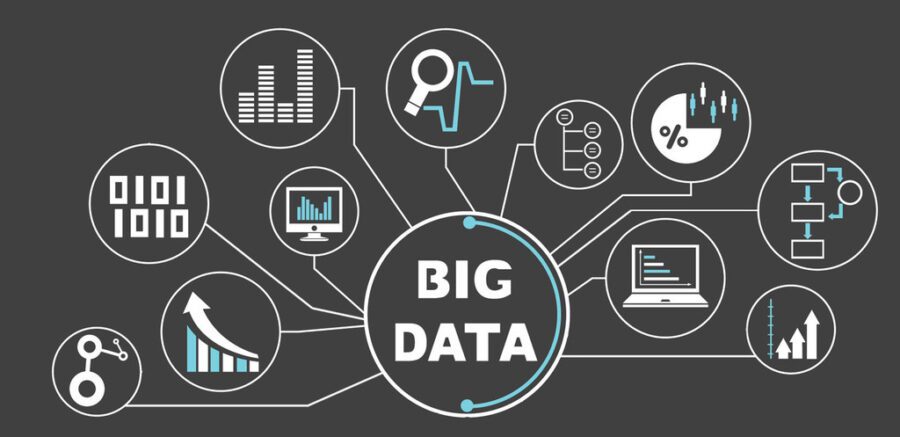
Big data can lead to big business. The macro acquisition of consumer information is a major asset towards creating the right type of content marketing that will drive traffic to your website and spark conversions. However, like every other powerful too, big data must be applied correctly for you to reap its benefits. So here are four killer strategies for using big data to create content marketing that will send your monthly revenue into the stratosphere.
1) Use the Information To Obtain Conversions
Conversions are usually the aim of content marketing and big data get give you the insight you need into mapping out a strategy. By observing the amount of time your prospects spend at a particular stage in their purchasing journey and locking onto which specific content they are downloading or ignoring, as well as identifying which of your content performs the best in terms of number of downloads, click-through rates, and views, you’ll be able to figure out the best forms of content in order to drive conversions.
Simply by accessing analytics tools and/or using your email marketing platforms, you can uncover these types of big data and then implement it into your conversion strategy. Furthermore, it’s suggested that you split your conversions into two categories: Macro and Micro in order to
2) Getting Noticed
Of course in order to have your content read, your site first needs to be found. Big data can do a lot to increase your profile by focusing on a number of key content marketing metrics such as:
§ The size of your social media presence
§ How often you’re shared or mentioned on social media
§ The amount of traffic to your website and where it’s derived from
§ How many back-links your content obtains for you
§ Branded search
§ Showing just how visible you are
A number of free metrics tools exist that you can use to track your results, but be careful not to become overly obsessed with the numbers. Think of them like stocks, you want to keep a steady eye on them, but you don’t want to be checking their price every five minutes, so generally speaking, consider creating a metrics report every month or so.
3) Using Big Data To Reveal Information Breakthroughs and Insights
No matter how awesome your and respect your top writing is, if your content is covering the same topics everyone else’s is, you’ll get lost in the shuffle and never generate or maintain significant traffic. Fortunately for you, this is exactly what most other sites are doing and it presents a great opportunity for you to distinguish your content from the crowd. To get rid of this problem you can use top websites for content generation, which will cost you a bit, or you can use big data.
So how can big data let you know what sorts of work will put you above the crowd?
By providing information on the habits of the customers in your market place, big data allows you to create unique content that is actually based around reporting your findings. This will not only separate your site from the pack, but will create the impression that your business is open and honest, show off your insights and expertise, and allow you to get feedback from visitors and customers that can benefit your future marketing content strategies.
4) Finding the Disconnect Between What the Public Wants and What Your Competition Is Offering.
By employing big data to determine what the buying public is truly interested in, you can greater meet their needs while saving time and money by not pursuing the same dead-ends your competitors are. But understanding you’re opponents strengths and weaknesses is key to using the data to market effectively. For example, Rachel Van Soest, the co-owner and consumer research leader of the advertising agency Immortology in Chappel Hill N.C. tells the story of how a client, a basic consortium of student housing complexes, was struggling to compete with newer, more lavish communities that offered such luxury amenities as full-service gyms, pools, spas, and weekly socials (i.e. parties). The trick was then to find and exploit the weakness of these resort like complexes and use it to showcase her client’s strength.
That’s where big data came in.
By performing research that showed 75% of students wanting a place to live that would contribute to their ability to study and focus on school, it opened the opportunity for the client to create advertising content that would market directly to those students and consequently spiked the occupancy rates to about 95% .
